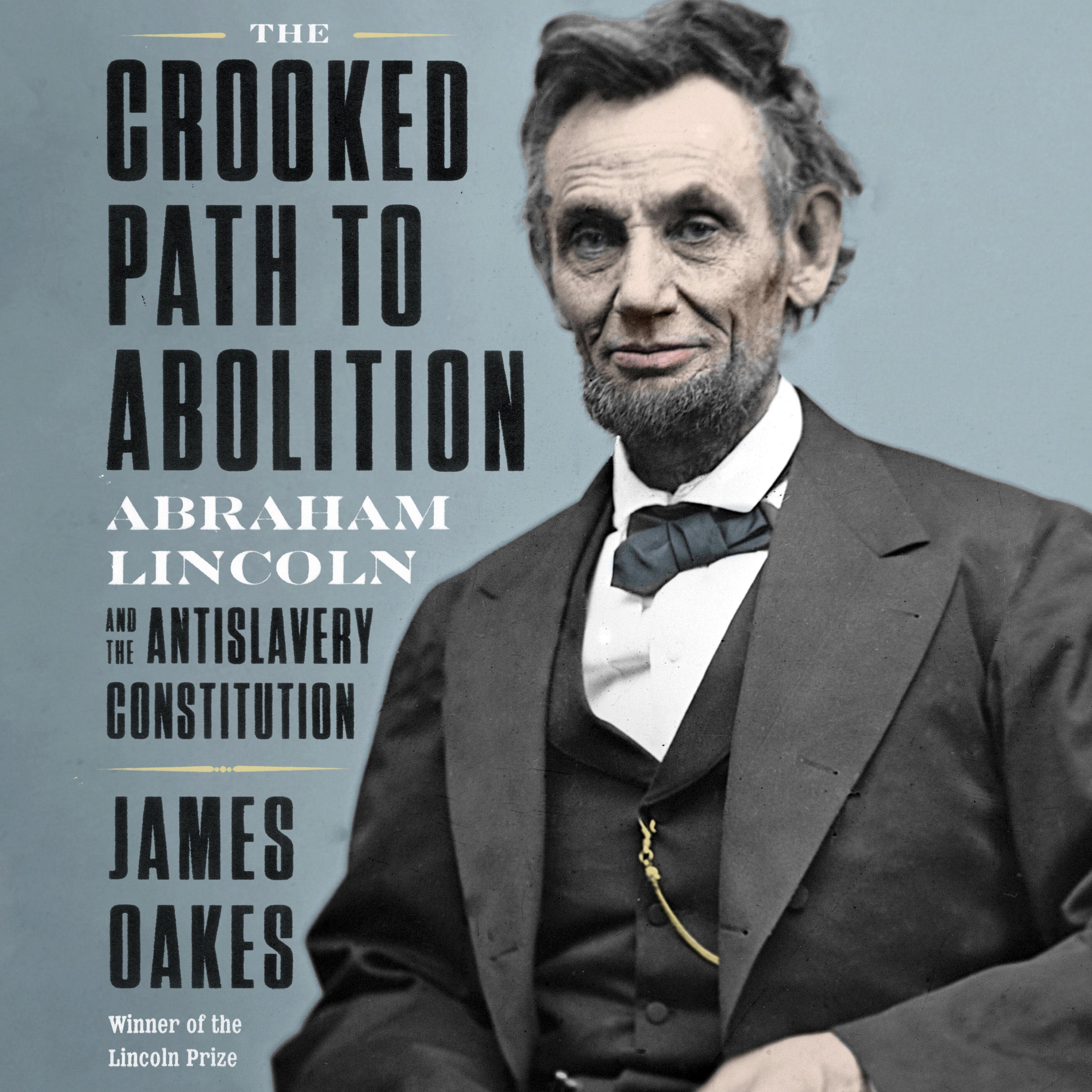
The Crooked Path to Abolition
By
James Oakes
Read by
Bob Souer
Release:
01/12/2021
Release:
01/12/2021
Release:
01/12/2021
Runtime:
6h 38m
Runtime:
6h 38m
Runtime:
6h 38m
Quantity:
“Many books discuss Lincoln and abolition, but this is among the best.“
Kirkus Reviews (starred review)
A Kirkus Reviews Pick of Most Anticipated Books of 2021
#1 Amazon bestseller
A New York Times Book Review pick of Best Books Now in Paperback
An award-winning scholar uncovers the guiding principles of Lincoln’s antislavery strategies.
Lincoln adopted the antislavery view that the Constitution made freedom the rule in the United States, slavery the exception. Where federal power prevailed, so did freedom. Where state power prevailed, that state determined the status of slavery, and the federal government could not interfere. It would take state action to achieve the final abolition of American slavery. With this understanding, Lincoln and his antislavery allies used every tool available to undermine the institution. Wherever the Constitution empowered direct federal action, they intervened. As a congressman in 1849 Lincoln sponsored a bill to abolish slavery in Washington, DC. He reentered politics in 1854 to oppose what he considered the unconstitutional opening of the territories to slavery by the Kansas–Nebraska Act.
President Lincoln took full advantage of the antislavery options opened by the Civil War. The Emancipation Proclamation, a military order of the president, undermined slavery across the South. It led to abolition by six slave states, which then joined the coalition to affect what Lincoln called the "King’s cure": state ratification of the constitutional amendment that in 1865 finally abolished slavery.
Lincoln adopted the antislavery view that the Constitution made freedom the rule in the United States, slavery the exception. Where federal power prevailed, so did freedom. Where state power prevailed, that state determined the status of slavery, and the federal government could not interfere. It would take state action to achieve the final abolition of American slavery. With this understanding, Lincoln and his antislavery allies used every tool available to undermine the institution. Wherever the Constitution empowered direct federal action, they intervened. As a congressman in 1849 Lincoln sponsored a bill to abolish slavery in Washington, DC. He reentered politics in 1854 to oppose what he considered the unconstitutional opening of the territories to slavery by the Kansas–Nebraska Act.
President Lincoln took full advantage of the antislavery options opened by the Civil War. The Emancipation Proclamation, a military order of the president, undermined slavery across the South. It led to abolition by six slave states, which then joined the coalition to affect what Lincoln called the "King’s cure": state ratification of the constitutional amendment that in 1865 finally abolished slavery.
Release:
2021-01-12
2021-01-12
2021-01-12
Runtime:
Runtime:
Runtime:
6h 38m
6h 38m
6h 38m
Format:
audio
audio
audio
Weight:
0.0 lb
0.53 lb
0.5 lb
Language:
English
ISBN:
9781696603126
9781665114738
9781665114721
Praise
